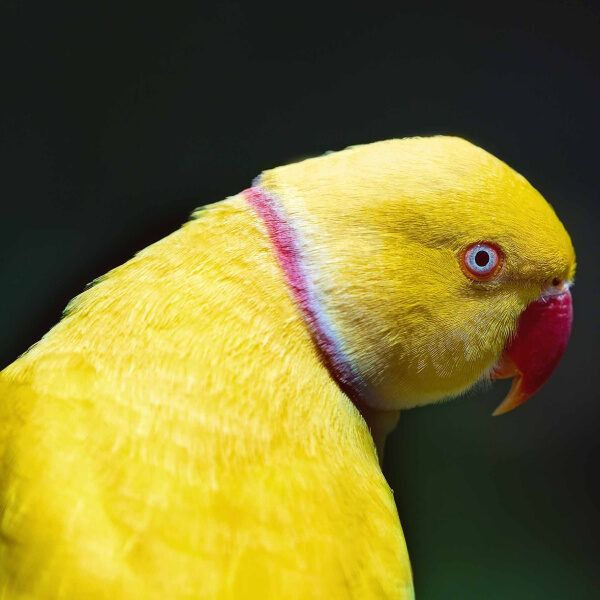Last Updated on by Catherine Tobsing
Hi there,
My sister just got a great billed parrot but can’t find any information on them, can you shed some light on this species.
Here’s some general information Nancy:
The Great Billed Parrot, scientifically known as Tanygnathus megalorynchos, is a species of parrot native to Southeast Asia. Here is some information about this fascinating bird:
Physical Characteristics:
The Great Billed Parrot is a medium-sized parrot with distinctive features. It typically measures around 35 to 40 centimeters (14 to 16 inches) in length.
Its most striking feature is its large, powerful beak, which is well-suited for cracking open hard nuts and seeds.
The plumage of these parrots is predominantly green, with shades ranging from bright green to olive green. They often have a yellowish patch on their crown and cheeks.
These parrots have a red patch on their lower abdomen and thighs.
Males and females of this species have similar appearances, making it challenging to distinguish them based on physical characteristics alone.
Habitat:
Great Billed Parrots are primarily found in tropical rainforests and lowland forests throughout their range.
Their habitat extends across Southeast Asia, including countries like Malaysia, Indonesia, and the Philippines.
They are often seen in both primary and secondary forests, as well as forest edges and clearings.
Behavior and Diet:
These parrots are known for their distinctive vocalizations, which include a variety of loud squawks and calls.
They are highly social birds and are often seen in pairs or small flocks. During the breeding season, they may form larger congregations.
Great Billed Parrots primarily feed on a diet of fruits, nuts, seeds, and various vegetation. Their powerful beaks allow them to crack open even the toughest nuts.
They play an important role in forest ecosystems as seed dispersers, helping to regenerate the forest by spreading seeds through their droppings.
Conservation Status:
The Great Billed Parrot is listed as “Near Threatened” on the International Union for Conservation of Nature (IUCN) Red List of Threatened Species.
Their populations have been declining due to habitat loss from deforestation and the pet trade.
Conservation efforts are underway to protect their natural habitats and address the illegal wildlife trade to ensure the survival of this species.
Legal Protection:
In many countries, including those within their range, it is illegal to capture or trade in Great Billed Parrots without the appropriate permits due to their protected status.
It’s important to note that while these parrots are fascinating and beautiful, they should be observed in the wild or in reputable captive breeding programs to ensure their conservation and welfare.
Here’s a couple of options for food
Reach out should you need further information
Best MitchR
Author Profile
Latest entries
 The Traveling BirdJune 26, 2025Can You Name 5 Parrot Species That Are Living Wild in the USA?
The Traveling BirdJune 26, 2025Can You Name 5 Parrot Species That Are Living Wild in the USA? Bird BehaviorJune 26, 2025How is it Parrots Are Problem Solvers Social Animals and Even Use Tools?
Bird BehaviorJune 26, 2025How is it Parrots Are Problem Solvers Social Animals and Even Use Tools? Bird & Parrot AnatomyJune 25, 2025How a Tiny Chemical Modification Makes Parrots Nature’s Living Paintings
Bird & Parrot AnatomyJune 25, 2025How a Tiny Chemical Modification Makes Parrots Nature’s Living Paintings PigeonsJune 20, 2025How Do Parrots Thrive in Cities Outside Their Native Habitats?
PigeonsJune 20, 2025How Do Parrots Thrive in Cities Outside Their Native Habitats?




